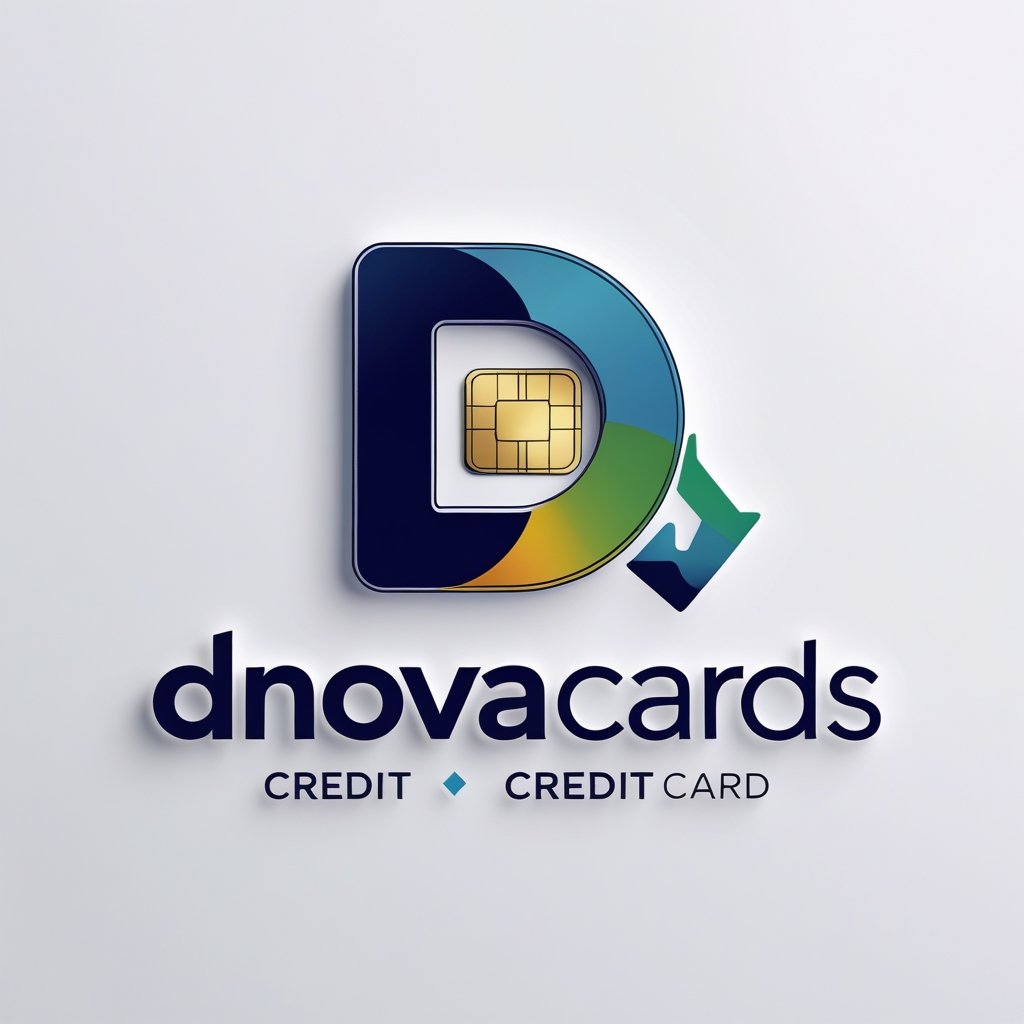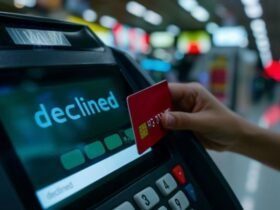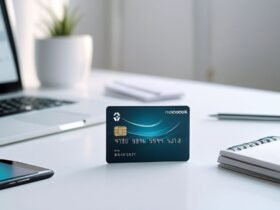What to Do If You Find Something Odd in Your Credit Card Bill. When experiencing a discrepancy on your credit card bill, be it through an unauthorised charge, a billing mistake or credit card fraud, such discrepancies can be paramorphic in their attitudes.
The credit card company’s representatives would be well aware of the level of distress their everyday issues cause, and hence they would assist you accordingly.
This article provides you with a straightforward approach to the steps you should take to address a concern on your credit card statement, handle an instance of fraud if you are a victim, and spare yourself possible future assistance from fighting with your credit card company.
Implementing such marvellous recommendations will allow you to doubtlessly take control of the drawn-out and arduous situation.
Unauthorized Charges on Your Credit Card
Firstly, gaining knowledge regarding what unauthorised charges are and how to spot them is a pivotal step before issues can be tackled. The crux is that unauthorised charges fall into two categories: credit card fraud and billing mistakes.
What Are Unauthorized Charges?
All the transactions made on your credit card account that were approved without your consent are defined as unauthorised charges. The reasons for this discrepancy are a reproach to imagine, which include:
- Credit card fraud: Naked fear which is the unauthorised use of your credit card or card information by other entities for credit card fraud.
- Billing errors: An honest mistake whereby the merchant charges your account for goods or services which you never asked for or received.
- Recurring payments: In some cases, you may have signed up for a subscription or a service that you were supposed to cancel, and you have failed to do so which makes automatic payments get processed.
In a situation where you question a specific charge, examine if it was issued by a vendor unfamiliar to you, if it was issued by another vendor whose values differ substantially from their usual business volume, or if that charge was submitted multiple times.
How to Spot Unauthorized Charges on Your Credit Card Statement
If you don’t routinely check your statement of accounts with your credit card, you could end up overlooking some dubious charges. To assist you in this regard, here are some specifics you ought to pay attention to:
- Check the Merchant Name: If you remember that item but do not recall the merchant, it may indicate that your card was compromised.
- Look for Duplicate Charges: Occasionally, an error occurs whereby a transaction is repeated and the charge is made several times.
- Compare with Your Transaction History: Look for transaction receipts, emails, or for items you’ve purchased online and compare these with the charges on your account.
Common Signs of Unauthorized Charges
| Sign of Issue | What to Do |
|---|---|
| Merchant name you don’t recognize | Research the merchant or check recent purchases. |
| Duplicate charges | Contact your credit card issuer to report the error. |
| Unfamiliar transaction amount | Compare with recent credit card purchases or receipts. |
What to Do If You Notice Something Odd on Your Credit Card Bill
This incident occurs when a person comes across an unapproved charge on their credit card, which was not known to them before making the payment. Here’s how the person must deal with the situation:
Step 1: Review Your Transaction History
Start by going through the account history and looking through the transactions for your credit card. Try to find any charges that were suspicious in nature, as it could have been an automatic payment or an overseas charge. There could also be a chance that it was a subscription that could have been overlooked.
Step 2: Contact Your Bank or Card Issuer
Your next step should be contacting your leading bank or credit card issuer immediately. This is to ensure that the unrecognised charge is not an unauthorised one, particularly if you use the fraudulent charge. Therefore, take the right step and never leave it until your next cycle: charges increase incrementally with each delay of hesitation.
- Call the branch number found on the back of your card to report your issues, for instance, credit card fraud, or speak to the customer representative using the chat feature on the bank mobile application.
Step 3: Dispute the Charge
Once the above step is completed and it is proven that the charge was not approved, then proceed to make the charge under disputed transactions. Visa credit card issuers usually seek evidence about the challenged transaction which normally includes:
- Providing documents such as emails or charge receipts.
- Bookkeeping documents.
- Where the visa credit card issuer requires the amount consumed during the charge as part of the transaction. Providing the merchant patronised during the charge event.
Step 4: Follow the Credit Card Company’s Investigation Process
Collaboration with the card company is crucial in such instances. When you complain about certain transactions the card company investigates the transactions that you have questioned. The card company typically has a time frame of anywhere from 30-60 days so that the investigation can be resolved. During the specified period, they would look into the charge, analyse it in case it was reported as a scam, and return the deposits in case the charge was never authorised by the customer and the investigation is likely to confirm that.
Step 5: Monitor Your Credit Card Account
After lodging a report concerning suspicious transactions, you should be on the lookout for any other unauthorised charges. The card company gives the customer a means to protect their assets from fraudulent transactions by alerting them of any transactions made in real time that would be sent through emails or messages.
The Next Steps After Reporting Credit Card Fraud
Once you have made the call to your card operator regarding a fraudulent charge and the investigation is ongoing, the card company in question has to deal with the dispute. However, you are required and expected to take further measures in order to prevent such events from reoccurring.
Check Your Credit Report
In the event the case was based on fraud, the first thing you are required to do is check your credit history. Your credit card number can be used to swing hundreds of pounds and a negative impact on your credit history and rating can cost you hundreds of pounds. Hence the need to check. Also, list and examine names like.
- Unauthorized credit accounts: Make sure no new accounts have been opened in your name.
- Missed payments: In the context of your payment history, if fake charges influenced it, they may result in damage to your credit score.
The three major credit bureaus, which are Experian, Equifax, and TransUnion, allow you to obtain one free credit report per year, which can be done at AnnualCreditReport.com. You can always check your reports using the resources provided by the three bureaus; however, this option does not allow you to review more than one report more than once a year.
Consider Freezing Your Credit
Freeze your credit. If you are worried someone could obtain credit using your personal information, putting a freeze on your credit files might be a good option. It makes it more difficult for identity thieves to fraudulently establish new lines of credit in your name.
Table: Steps to Protect Your Credit After Fraud
| Action | Description |
|---|---|
| Place a Fraud Alert | Notifies creditors to verify your identity before issuing credit. |
| Freeze Your Credit | Prevents anyone from accessing your credit report to open new accounts. |
| Review Your Credit Report | Look for unauthorized accounts or signs of fraud. |
How to Protect Yourself from Future Credit Card Fraud
Fraud is something that needs to be avoided as dealing with the consequences becomes a hassle. Below are some measures you can take to secure your credit card details and avoid fraud.
Use Strong Passwords and Two-Factor Authentication
For any purchases made online, it is best to always include strong passwords on your accounts and whenever enabled, two-factor authentication (2FA) to apply an extra layer of security to your financials.
Set Up Transaction Alerts
With most of the credit card companies, transactions notifications can be set up. These can include alerts about scheduled payments, triggered payment requests, or a certain amount of money being charged. To maintain activity on your card, you can also specify the type and amount of payments that will set off an alert.
Avoid Sharing Card Information Over the Phone or Email
Unless you are sure you know who is requesting your credit card details, do not give your credit card information out over a phone call or through email. If someone calls out of the blue seeking the credit card number, it’s fair to presume they’re scamming you.
Shred Old Documents
In case you find some old credit card documents or other data that contain financial information, ensure to get rid of them by shredding them to be protected against identity theft.
What to Do if Your Credit Card Information Is Compromised
Should you feel the urge to perform any credit card transactions, but have been suspicious that the operations could stir some troubles, the best solution is to protect yourself against the potential loss.
Step 1: Report the Theft
Reach out to your credit card service provider to inform them about the breach. The company will then instruct you to cancel the previous card, as they will issue a new one with a new account’s number and a new expiration date attached to it.
Step 2: Notify the Credit Bureaus
Notify the credit agencies and let them know regarding the fraud alert, or alternatively, a freeze on the credit. In this manner, new credit accounts could not be issued on your behalf.
Step 3: Monitor Your Accounts
You should also remember to scrutinize your credit card statement, even after the issue has been reported, along with your credit report. Refrain from engaging in new borrowing, or measure moves during debt collection whenever you sense that the information on credit card in your name is still in use without your consent.
Where to Get Help if You’re a Victim of Credit Card Fraud
In case you find yourself in a position where unauthorized individuals have illegally exploited your assets through the use of your credit card, there are however a number of options that you can turn to.
Federal Trade Commission (FTC)
In conjunction with other practices, the FTC files complaints in regards to issues raised involving credit card fraud and violations related to the specifics of monetary transactions recorded on the card.
Consumer Financial Protection Bureau (CFPB)
The CFPB is there to assist clients who feel the assistance of their credit card issuer is lacking or who require some form of guidance in dealing with disputes. They provide resources and can negotiate with financial institutions on the consumer’s behalf if the need arises.
Legal Support
If the amounts involved are quite substantial and the fraud is indeed severe, you may have to seek the help of an attorney or even a debt collection agency.
My Opinion
Detecting some unfamiliar transactions on your credit card statement can be alarming, however, most of the time such issues can be rectified in a short span of time with the right measures which would also prevent your credit card from being fraudulently accessed in the future.
This is exactly why you, remember to check your transactions on a periodical basis, contact the respective authority when there is any suspicious activity, and keep monitoring your credit documents so that you are constantly updated. Adhering to the above procedures, you will eliminate any issues effectively and successfully defend your financial information.



















Leave a Reply
View Comments